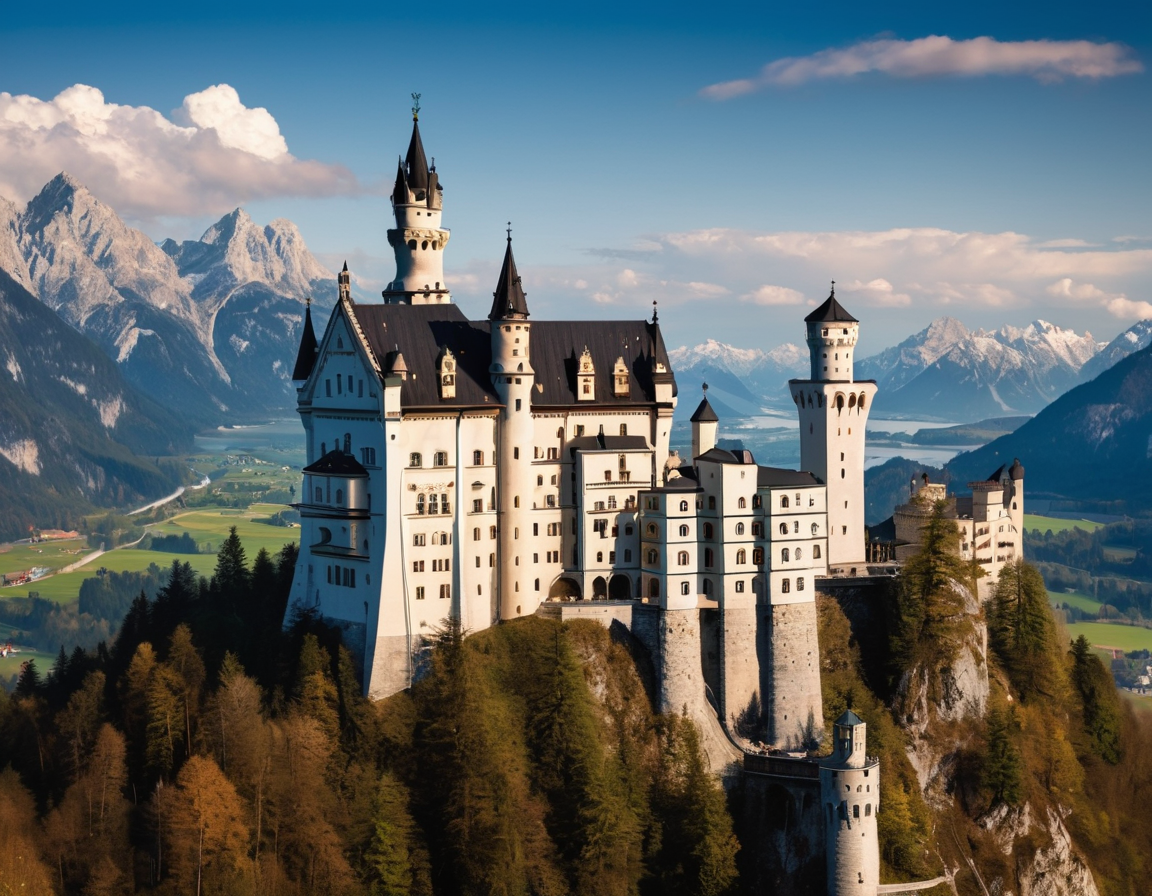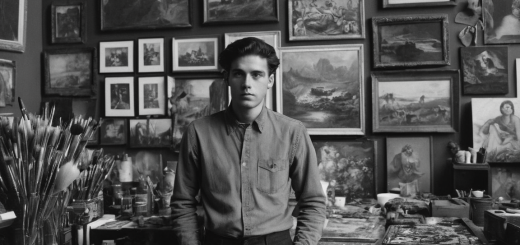Exploring the Mysteries of Neuschwanstein Castle: A Modern Fairytale Architecture
Discovering Neuschwanstein Castle: A Tale of Romance, Rebellion, and Royalty
Perched atop a rugged hill in the Bavarian Alps, Neuschwanstein Castle stands as a monument to the imagination and eccentricities of Ludwig II of Bavaria. This iconic palace has captivated millions of visitors with its fairy-tale appearance and tragic history. The castle’s grandeur and picturesque setting have inspired various forms of art, including the design of the Sleeping Beauty castles at Disneyland parks around the world. In this blog post, we will delve into the fascinating story of Neuschwanstein Castle, exploring its origins, architecture, and the eccentric king who envisioned it.
The Vision of a Fairy-Tale King
King Ludwig II, also known as the ‘Fairy-Tale King,’ commissioned Neuschwanstein Castle in 1868 as a personal refuge and homage to German composer Richard Wagner, whom he greatly admired. The king’s plans for the castle were ambitious, integrating the latest technologies of the time and creating a space that melded medieval romanticism with opera-inspired themes. However, the castle’s construction was plagued by delays, astronomical costs, and political turmoil, leading to Ludwig’s deposition and mysterious death in 1886.
A Marvel of Bavarian Architecture
The castle’s design is a pastiche of different architectural styles, predominantly Romanesque with Byzantine and Gothic influences. The interior is adorned with murals depicting Germanic myths and sagas, reflecting Ludwig’s desire to create a living storybook. Visitors to the castle are particularly drawn to the Throne Room, complete with a massive chandelier and intricate mosaic floor, and the Singers’ Hall, which was never used for its intended purpose of hosting musical performances.

The Legacy of Neuschwanstein
Today, Neuschwanstein Castle remains one of Germany’s most popular tourist destinations, drawing over 1.3 million people annually. The palace is not only a testament to Ludwig’s vision but also a symbol of the Romantic era’s passionate embrace of art and individualism. The castle’s legacy continues to inspire and intrigue, as it serves as a reminder of the power of imagination and the complexities of historical figures like King Ludwig II.
In conclusion, Neuschwanstein Castle’s enduring allure lies in its potent combination of stunning architecture, tragic history, and the enduring mysteries surrounding its creator. It stands as a fairy-tale frozen in time, inviting visitors to step into a story that is as real as it is fantastical.
Visit Neuschwanstein: A Journey Through Time and Fantasy
If you’re considering a visit to this historical gem or simply want to learn more about the enigmatic King Ludwig II and his dream palace, keep this guide as your companion to a journey filled with romance, art, and history!
Are you ready to explore Neuschwanstein Castle and walk through the pages of a living fairy tale? Share your thoughts in the comments below or plan your visit to witness the grandeur of this Bavarian wonder firsthand.






